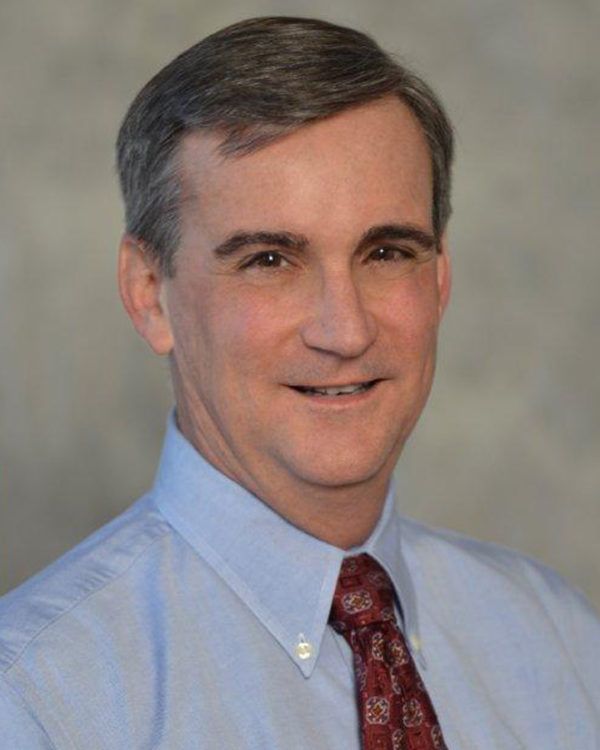
COA Reports Improved Biosimilar Access in Oncology
For trastuzumab and bevacizumab, biosimilars now represent a high share of administrations, but payer policies still hinder uptake of these products, the Community Oncology Alliance (COA) reports.
Are
In oncology, the answer is yes, definitely, according to co-chairs of the Biosimilars Committee of the Community Oncology Alliance (COA).
In a presentation at COA’s recent 2021 Payer Exchange Summit, findings from in-house surveys of COA practices were discussed by Kathy Oubre, MS, CEO of the Pontchartrain Cancer Center in Louisiana, and Edward “Randy” Broun, MD, of Oncology Hematology Care of Cincinnati, Ohio.
In addition to the study of biosimilar administrations, Oubre and Broun also presented a practice survey on payer requirements for biosimilar use, along with recommendations for maximizing savings from use of biosimilars.
Biosimilar Administrations and Access
Oubre said that savings had been reported only “anecdotally” among COA’s community oncology practices in the early years of biosimilar marketing in the United States. Biosimilars have been available since 2015 and there are now 21 that are both FDA approved and marketed, many of them for use in oncology therapeutic and supportive care.
Oubre said COA decided to do a more scientific study of biosimilar uptake in oncology and quantify the savings, if any, along with the expansion in health care treatment that might have derived from these agents. “We as an organization decided to take this a step further and look at this from a broader perspective, with a working hypothesis that biosimilars were going to play an integral part in bringing down health care costs,” she said the summit meeting.
The findings showed that for 2 therapeutics in particular, biosimilar use had expanded rapidly and significantly, and the lower cost of these agents appears to have enabled many more patients to be treated with them.
Biosimilars are as efficacious and safe as reference drug products, and they create savings by serving as lower-priced competitors to reference products once these latter products lose their patent exclusivity protections. Biosimilar competition in many cases has forced producers of reference products to lower their prices to maintain market share, and prices of both reference products and biosimilars have trended downward, to the benefit of health care consumers.
Bevacizumab Biosimilars
Bevacizumab biosimilars were first marketed in the United States in July 2019 and in the fourth quarter of that year, among COA member practices that participated in the study (N = 122); these accounted for 8000 administrations of bevacizumab vs 21,000 for the reference product (Avastin), Oubre said. That represented a 29% share of administrations for biosimilar bevacizumab.
By the fourth quarter of 2020, bevacizumab biosimilars had achieved a 72% share of administrations, or roughly 31,000 in total and 18,000 for bevacizumab biosimilars vs 13,000 for the reference product, Oubre said.
Trastuzumab Biosimilars
Trastuzumab (Herceptin) biosimilars also achieved a substantial gain in administrations share. These also were introduced in July 2019 and by the fourth quarter of 2019 they accounted for about 8000 administrations vs 16,000 for the reference product.
That represented a 35% share of administrations for biosimilar trastuzumab, which expanded to 79% of administrations by the fourth quarter of 2020, Oubre said: 65,000 biosimilar administrations vs 29,000 reference product administrations, roughly.
“It is our working hypothesis that these market shifts are likely a combination of patient acceptance, physician confidence, and a growing demand from patients as well as physicians to find ways to bring down health care costs,” Oubre said.
Although the biosimilar administration gains were striking for the trastuzumab and bevacizumab therapeutic categories, other biosimilars used in oncology also saw
Payer Barriers Survey
Still, there are barriers to biosimilar use, Oubre and Broun reported. In a survey of 52 COA practices, they came up with the following findings regarding payer restrictions on biosimilar use:
- 44% reported that at least 1 payer requires them to use a reference product instead of biosimilar.
- 59% said they are required to stock multiple biosimilars for the same drug (eg, trastuzumab) because different payers have different formulary requirements (although practices consider it costly and financially risky to stock multiple biosimilars of the same type, because use of the wrong biosimilar brand by accident may not be reimbursed by the payer).
- 37% are required to follow payer step therapy requirements before they can use a practice’s preferred biosimilar.
- 19% said providers in their practices prefer using reference products instead of biosimilars.
- 30% of practices use biosimilars only when initiating patients on therapy, rather than switching them to lower-cost biosimilars from higher priced reference drugs.
- 16% reported that their patients show hesitancy to use biosimilars.
Broun said there are several steps that employers and payers could take to improve savings from biosimilars and expand access for patients:
- Develop biosimilar educational programs that target health care consumers and providers.
- Incorporate biosimilars into the prescription drug benefit.
- Work biosimilar use provisions into contracts when negotiating with pharmacy benefit managers.
“Implementing these strategies effectively could help increase biosimilar awareness and use, resulting in employers maximizing their cost savings on specialty drugs and lowering overall health care costs,” Broun said.
Newsletter
Stay ahead of policy, cost, and value—subscribe to AJMC for expert insights at the intersection of clinical care and health economics.































































